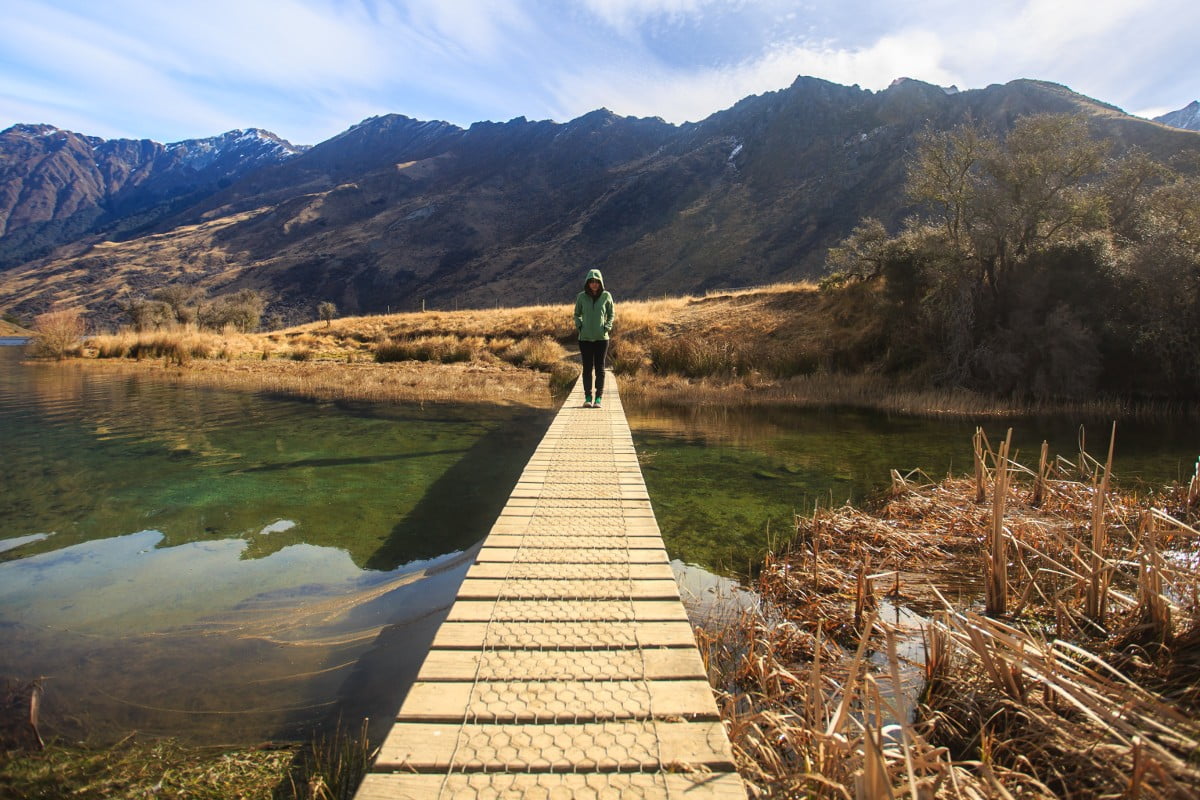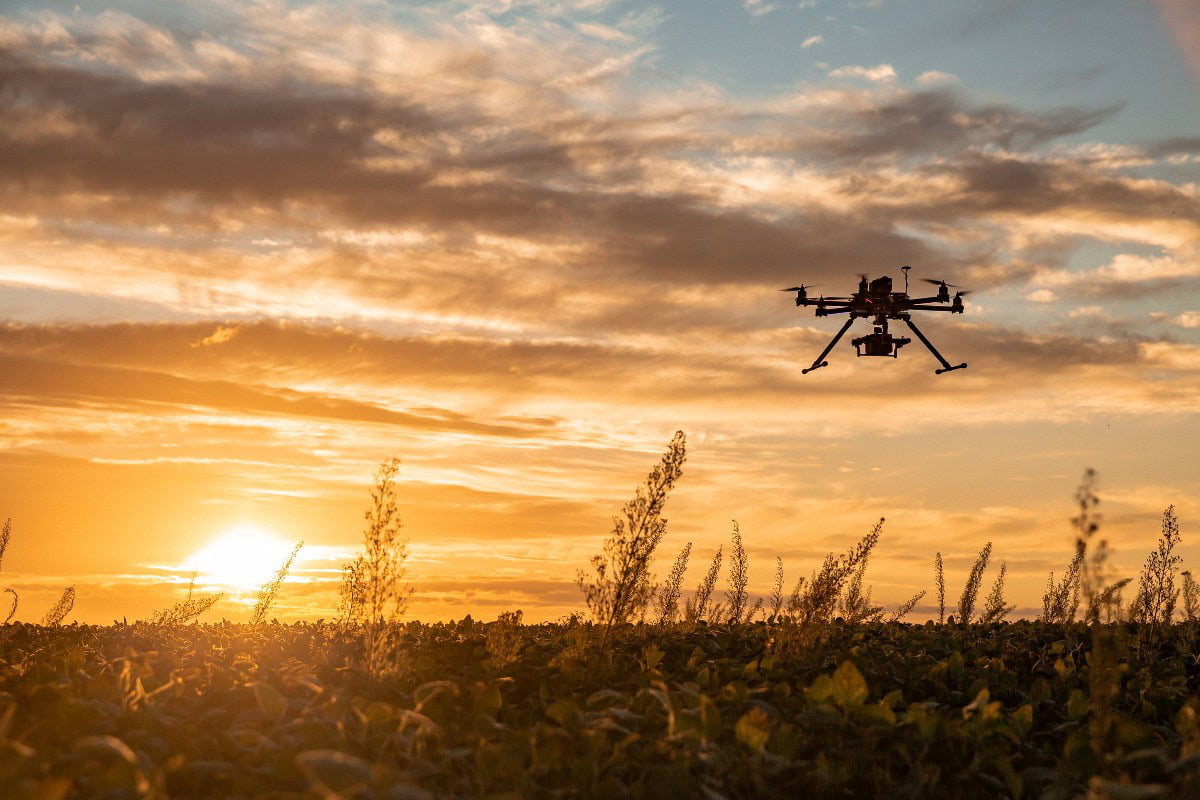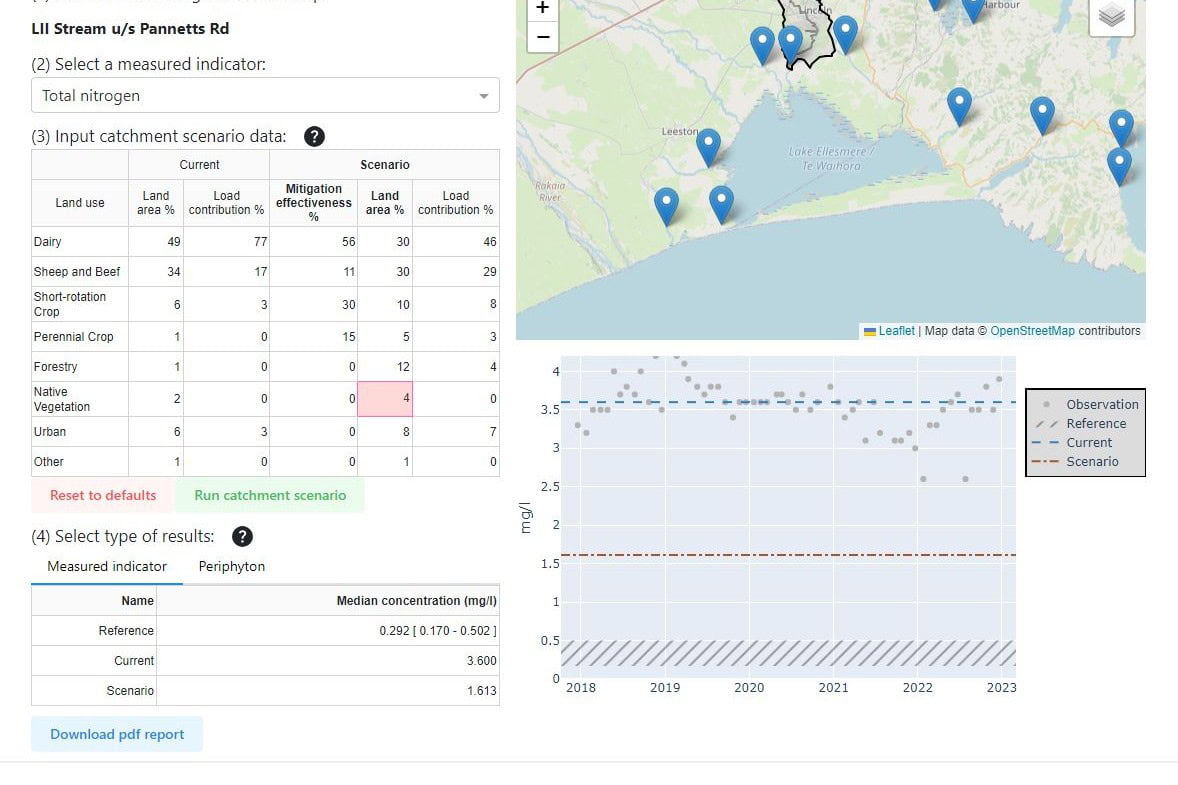August 30, 2024
Resources related to
Nutrient Management
New Zealand farmers can keep more nutrients in their soil by choosing the right fertiliser for their type of land and applying it strategically, so it stays on the farm rather than draining away as pollution.
Showing 1 - 12 of 118 results
Can green crops capture enough nitrogen for vegetable growing?
Nitrogen fertiliser use is becoming increasingly restricted and expensive, so vegetable growers are looking for new methods to manage the high nitrogen demands of their…
Spring milling wheat as a ‘nitrogen scavenger’ in the North Island
The use of wheat in the farm system should be considered as an effective nitrogen (N) mitigation technique. Wheat as an N scavenger crop does…
Applying phosphorus fertiliser
Applying the right P fertiliser in the right places at the right time and rate can reduce losses. This factsheet is primarily for farmers, including…
Using variable rate irrigation to mitigate nutrient losses
Variable rate irrigation (VRI), where the application rate of irrigation water across an area changes depending on soil type and other factors, can also decrease…
Composting Mootels in a West Coast Context: Summary for Farmers
This farmer-facing summary describes the experiences and considerations from three case study farms on the West Coast, that have introduced composting shelters to the farm.…
Strip-till Fodder Beet to Improve Land and Water Outcomes
Fodder beet is an important crop for wintering in New Zealand farming systems. It keeps well through winter providing a high dry matter feed. However,…
 View Our Strategy Document 2019 – 2024
View Our Strategy Document 2019 – 2024


